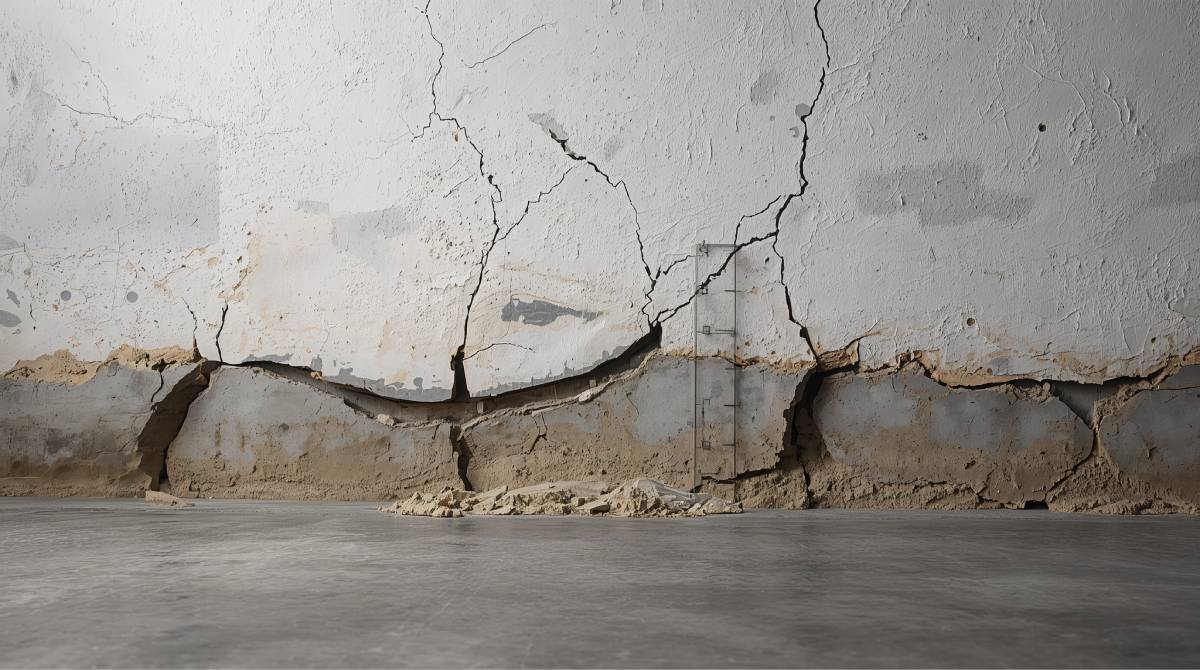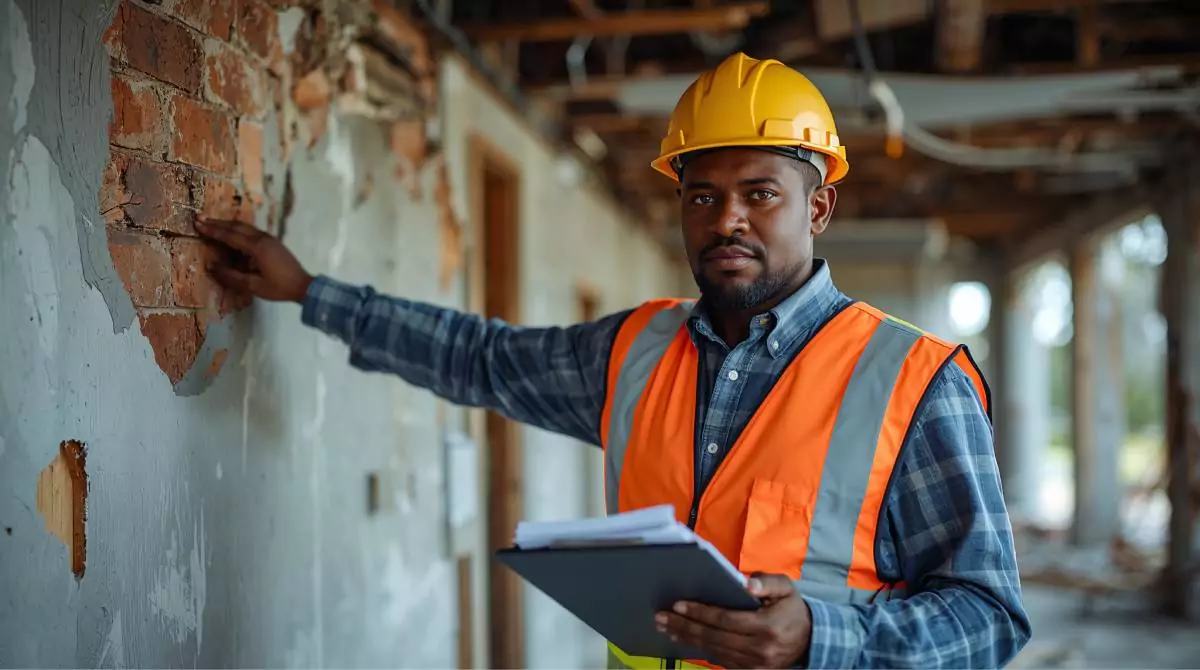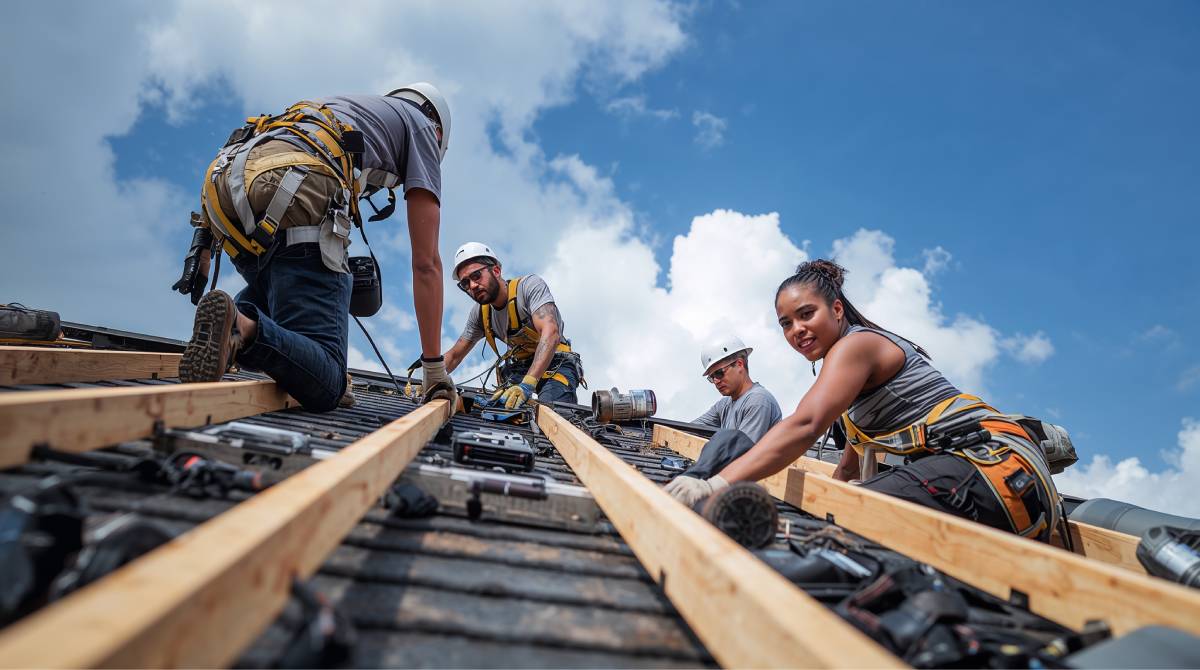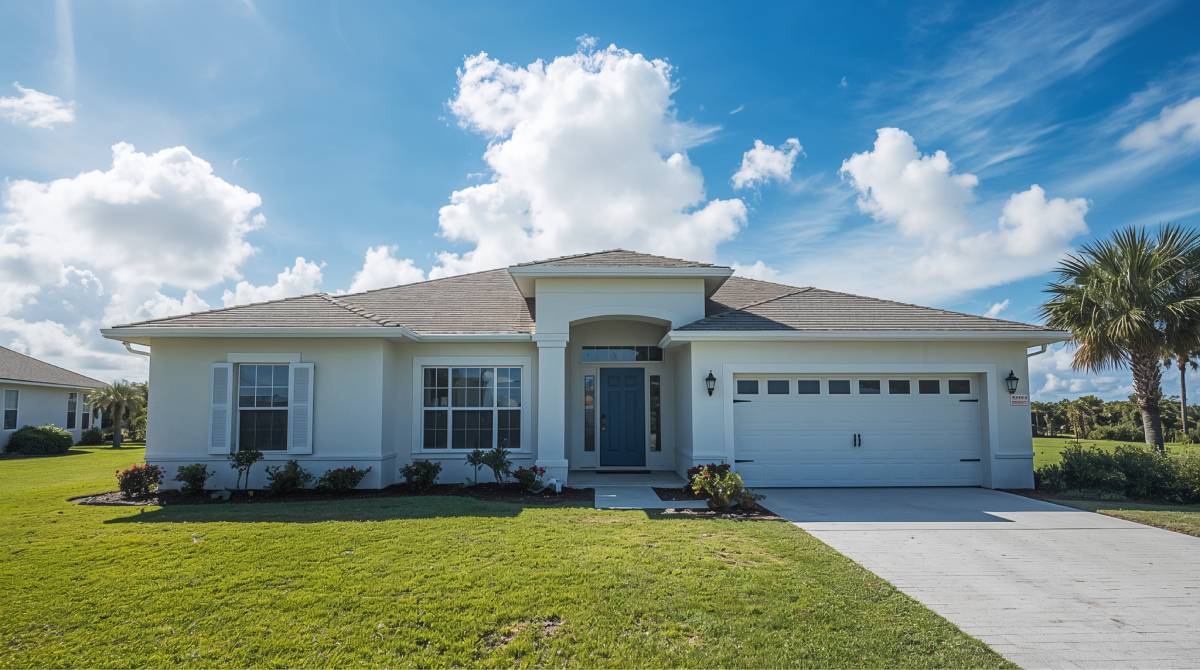When a hurricane sweeps through a region, it leaves behind a trail of destruction that often goes beyond visible debris and water damage. The true safety and stability of buildings and homes may be compromised in subtle ways that only a detailed post-hurricane structural inspection can reveal. These inspections are a critical first step in assessing the integrity of your property and planning the necessary repairs or restorations.

Why Post-Hurricane Structural Inspections Matter
Hurricanes in Florida can cause significant structural damage, including roof uplift due to high wind speeds—often exceeding 130 mph in Category 4 storms—as well as foundation erosion from storm surge and flooding. These risks are addressed in the Florida Building Code (FBC) Section 1609, which outlines wind load requirements for hurricane-prone regions, and are further supported by FEMA guidelines for coastal construction. While some damage might be obvious, such as a collapsed roof or broken windows, many issues are hidden inside walls, foundations, or beneath floors. Without a professional inspection, homeowners risk living in unsafe conditions that could lead to costly repairs or dangerous collapses down the line.

Structural inspections conducted after a hurricane help identify:
- Foundation cracks or shifts
- Roof damage and compromised support beams
- Water intrusion and damage to load-bearing walls
Although water exposure can create hazards in electrical and plumbing systems, these components are outside the scope of a structural inspection under the Florida Building Code and ASCE 7, which focus on load-bearing elements such as foundations, columns, and load-resisting walls. Electrical and plumbing systems should be evaluated by qualified specialists, such as licensed electrical or mechanical engineers, to ensure accurate assessment and compliance with Florida regulations.
Addressing these problems promptly helps protect occupants’ safety, preserves property value, and ensures insurance claims are properly documented.
What Does a Structural Inspection Involve?
In Florida, a licensed structural engineer—particularly for post-hurricane inspections of milestone or threshold buildings as defined in Florida Statute 553.899 and FBC Section 110.9—will conduct a thorough evaluation of your property’s foundation, framing, roof, and key structural components such as columns, beams, and shear walls. General certified inspectors are not authorized to perform these specialized assessments due to the technical expertise required. Using specialized tools and techniques, they examine the building for signs of stress, warping, cracking, or water damage that could weaken its stability.

The inspection report typically includes:
- A detailed assessment of damaged areas
- Recommendations for immediate safety measures
- Long-term repair or restoration plans
- Documentation necessary for insurance and rebuilding permits
It is essential to hire experienced professionals who understand the complexities of hurricane damage and local building codes to ensure a comprehensive evaluation.
Moving Beyond Inspection: Post-Hurricane Renovation
Once the inspection confirms what repairs are needed, the next step is restoration. Effective post-hurricane renovation goes beyond cosmetic fixes to reinforce and rebuild structures according to modern standards that improve resilience against future storms.

Specialized restoration companies, like Billerreinhart, offer services designed to restore homes and commercial buildings to safe, livable conditions. Their expertise includes:
- Structural repairs and reinforcement
- Water damage remediation and mold removal
- Roof replacement and upgrades to impact-resistant materials
- Electrical and plumbing system repairs
- Interior and exterior renovations tailored to storm resilience
Engaging with a trusted team ensures that renovations are not only thorough but also enhance your property’s ability to withstand future hurricanes.
How to Choose the Right Inspection and Renovation Service

Selecting the right professionals is key to a smooth recovery process. Here are some tips for choosing a reliable team:
- Verify certifications and licenses for structural inspection and restoration
- Look for experience specifically in hurricane damage and repairs
- Check customer reviews and references
- Ensure clear communication and detailed estimates
- Confirm they offer comprehensive services from inspection through renovation
Companies like Billerreinhart specialize in helping homeowners navigate the entire restoration journey, from initial damage assessment to final renovation.
Protect Your Investment and Your Safety
Hurricanes can change everything in moments, but thorough post-hurricane structural inspections help you understand exactly what your property has endured and what must be done to keep it safe. Don’t delay in scheduling an inspection—early action can prevent further damage and health risks from mold or unsafe structures.

Following the inspection, investing in professional post-hurricane renovation safeguards your home’s future and provides peace of mind. If you’re looking for expert assistance, explore the comprehensive restoration and renovation services available at Billerreinhart, a trusted name in post-storm recovery.
Final Thoughts
The aftermath of a hurricane is overwhelming, but structured steps like thorough inspections and expert renovations make recovery manageable and secure. Remember, your home’s structural integrity is the foundation of your safety and comfort. Trust the process, and work with professionals who understand the unique challenges of hurricane damage.
By taking action promptly, you protect your investment and ensure your home or business is ready to face whatever comes next.

